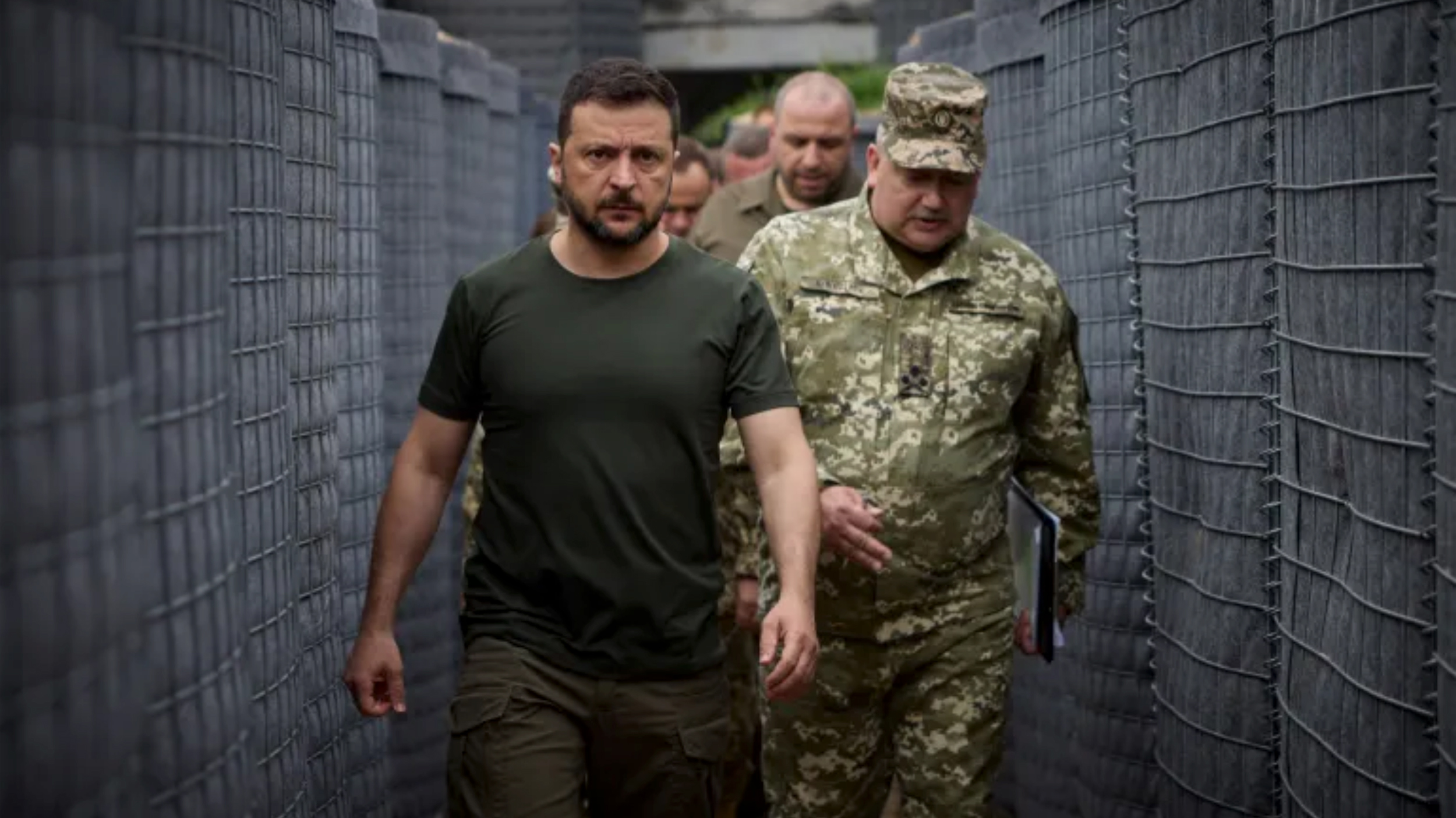
The Ukrainian incursion into Russian territory on 6 August 2024 took everyone by surprise. Caught unprepared, Russia initially deployed its air force to halt the Ukrainian advance. When that failed, it began organising combat troops, but its response was confused and slow, hampered by the centralised decision-making within the Russian military leadership. Meanwhile, the more decentralised Ukrainian forces consolidated their gains and advanced, seizing Russian supply routes and blocking the movement of some 3000 Russian troops south of the Sim River. By mid-August, Ukrainian forces controlled about 1000 square kilometres in the Kursk province and had bombed two bridges vital to Russian supply lines. A few weeks after launching its counter-attack, Russia had made no clear headway.
Prior to the invasion, Ukrainian forces were on the defensive. Unable to anticipate where on the vast war fronts Russia would strike next and facing scepticism from its allies about the feasibility of continued support for the war effort, the Ukrainian leadership had two options: accept a political settlement that would cost it territory or open-ended attrition.
Ukraine’s offensive resulted it several gains. It eased pressure on its forces on the eastern front, forcing Russia to redeploy troops to counter the incursion. It also spurred the Russian leadership to reprioritise and give precedence to securing its borders over the seizure of Ukrainian territory. Strategically speaking, Ukraine may now use the Russian territory it seized to negotiate an exchange for its territory under Russian control.
Barring an unexpected turn of events that radically changes the course of the war—for example, the suspension of US support for Ukraine in the event of a Trump presidential victory—the ongoing conflict could unfold in various ways.
Concluding that the returns of its offensive far outweigh the costs, the Ukrainian leadership may convince its allies that invasions of other parts of Russia is strategically advantageous, serving to break the balance of deterrence, undermine the standing of the Russian leadership, and expose its inability to protect its territory and citizens. If Ukrainian forces are able to hold territory they take, much of the Russian population may flee, and these displaced groups will put pressure on the Russian leadership. If Ukrainian forces manage to take control of the Kursk nuclear power plant, which provides electricity to much of western Russia, it will put the Russian leadership in a real predicament. It will not be able to bomb Ukrainian forces in the plant for fear of radiation leaks, and it will also be wary of any escalation that could spur Ukrainian forces to interrupt the supply of energy to surrounding areas.
Ukraine could also make further incursions into key areas like Belgorod, Bryansk, Rostov or even Crimea, which could disrupt Russia’s transport and supply lines and thus its military operations in Ukraine. But this would require the Ukrainian leadership to secure long supply lines to its bases inside Ukraine and accurately anticipate the Russian response. The implications of such a reversal for the Putin regime are dire, and thus this scenario seems unlikely. Russia may escalate if it feels it is losing control of its territory or troops, or incurring extensive losses, and though it may be difficult, Russia does have the capacity to mobilise more resources for defensive and offensive operations.
Conversely, Russia may again seize the initiative by launching successful attacks on strategic Ukrainian areas in Donbass or Zaporizhzhia, forcing Ukrainian troops to retreat to defensive positions. This seems unlikely, as this has been Russia’s objective since 2022, and it remains out of reach. Russian forces also risk heavy casualties if they operate far from defensive cover. On the other hand, Russia could choose to broaden the war, opening a new front in Belarus and Transnistria to drain the capacities of Ukrainian forces and put additional burdens on its Western allies, but this escalation risks drawing Ukraine’s Western allies into the fighting.
A third possibility is a stalemate. Russian forces may repel successive Ukrainian invasions, while Ukrainian forces may successfully disrupt the advance of Russian forces inside Ukrainian territory, precipitating a grinding war of attrition in which neither party can muster the necessary resources, external support and internal cohesion to tip the war decisively in its favour. In this case, the will to fight on both sides will be gradually sapped. In similar wars of attrition, the fighting typically persists for three to ten years, after which combat operations are suspended absent a political settlement, as in the war between North and South Korea.
*This is a summary of a policy brief originally written in Arabic available here.